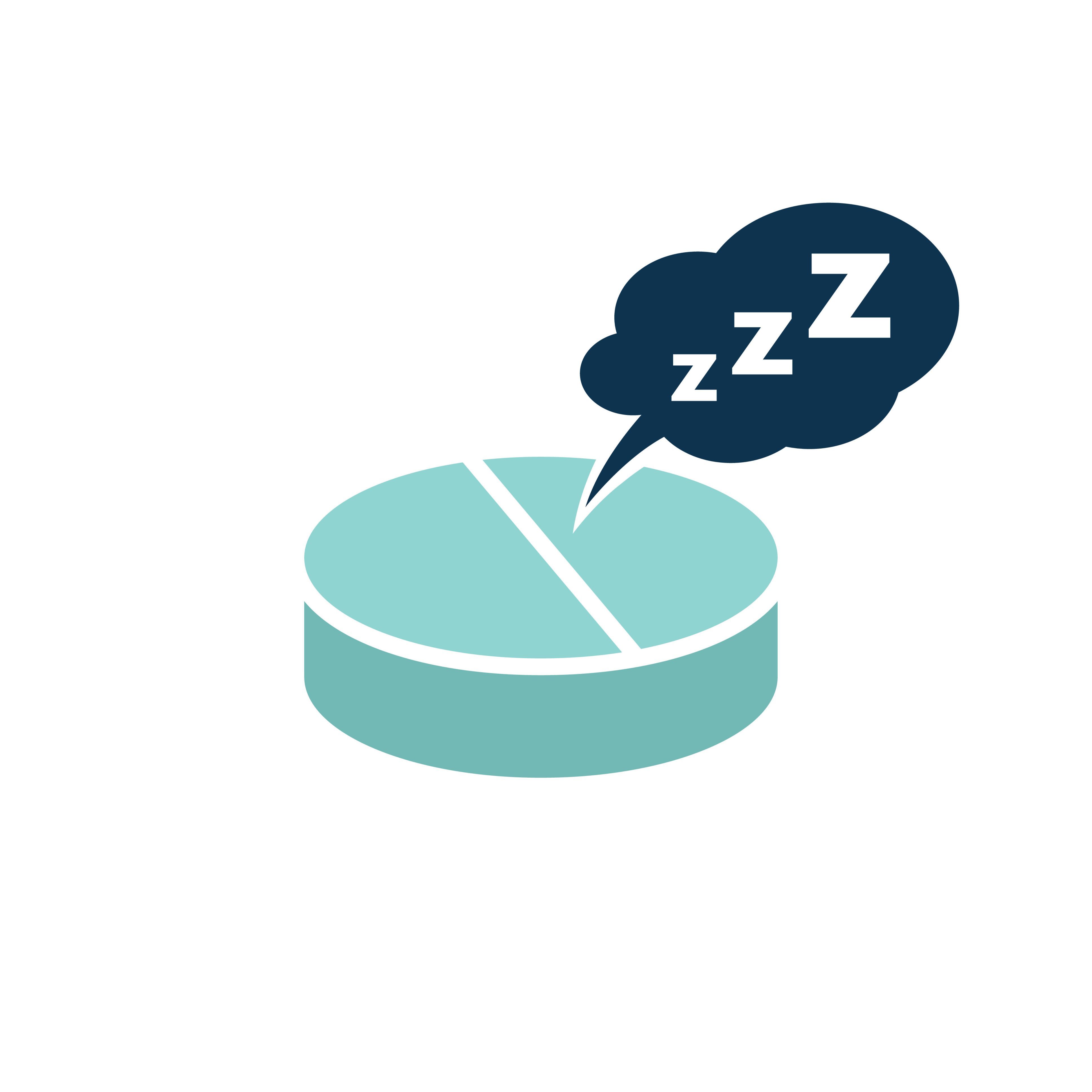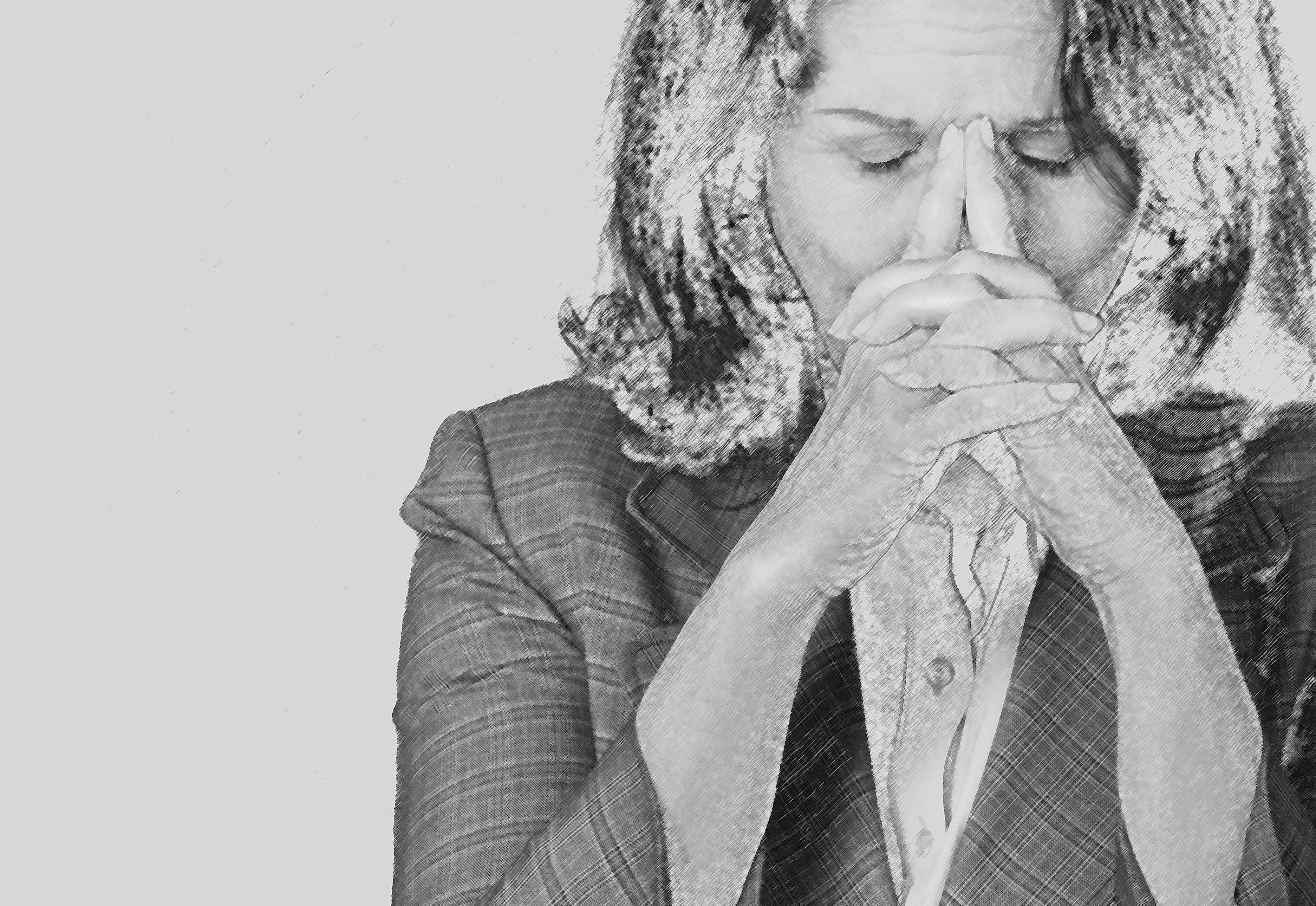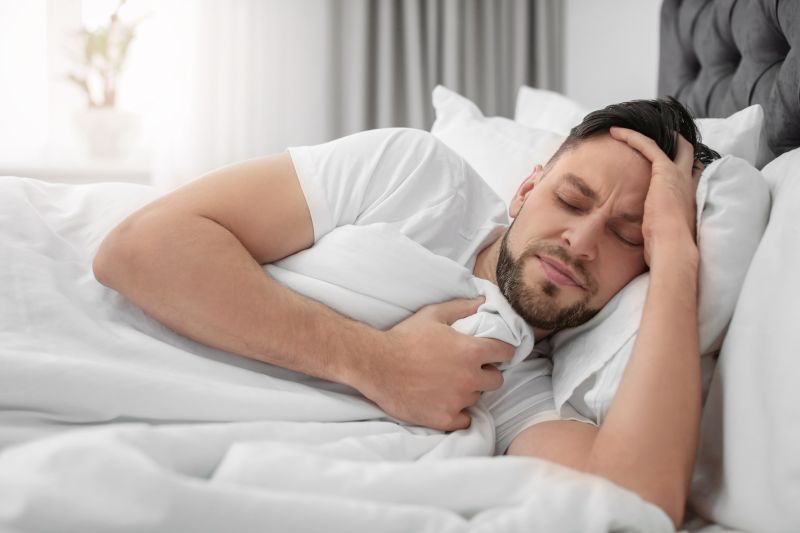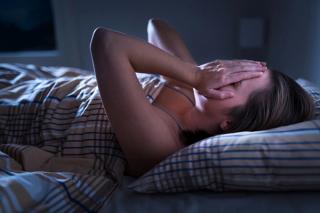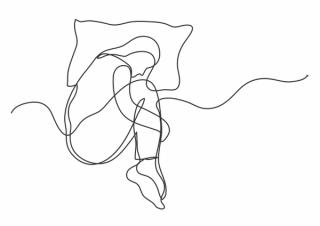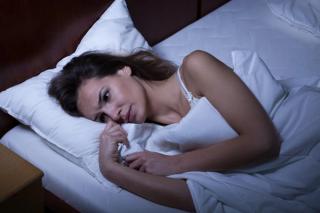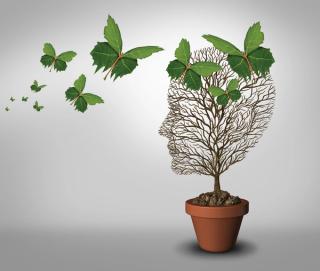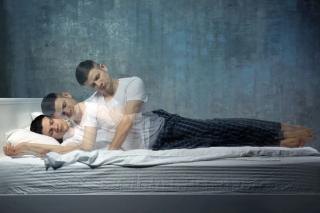
Sleep Disorders
Latest News
Latest Videos

CME Content
More News
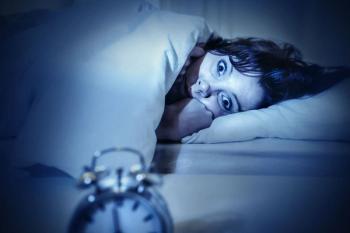
A new prescription smartwatch app may improve sleep quality for those with nightmare disorders.

When provided with an array of treatment options, patients tend to feel a sense of ownership by playing a role in their care.
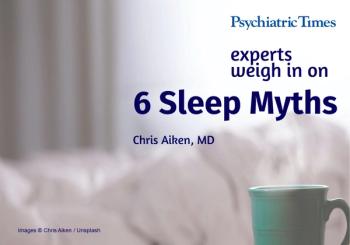
Ten sleep specialists assessed widely accepted beliefs and here's what they found.
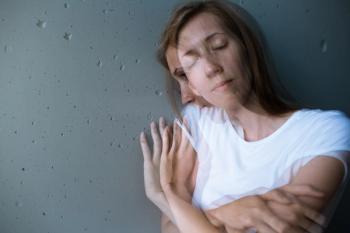
Clinical considerations for evaluating treatment options for patients with insomnia and AUD versus patients with primary insomnia without substance use comorbidity.
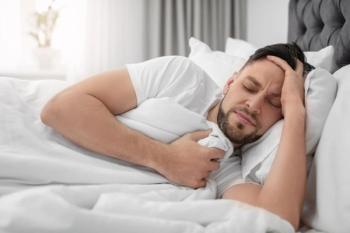
A case of a patient with difficult-to-treat insomnia highlights the pervasive daytime effects of this condition.

Anxiety and stress are closely linked, and they are among the chief causes of insomnia. Watch for a variety of emotional and physical factors that may play a role in worsening depression. More in this case report.
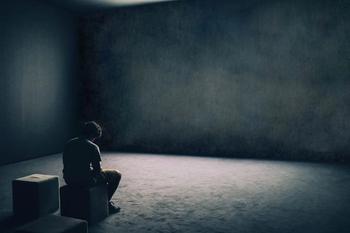
Because insomnia is a syndrome marked by chronic sleep onset and/or continuity problems associated with impaired daytime functioning, it is important that clinicians screen for sleep issues in their patients.

A patient's sleep deprivation started to affect her overall well-being and compromised her ability to enjoy life.
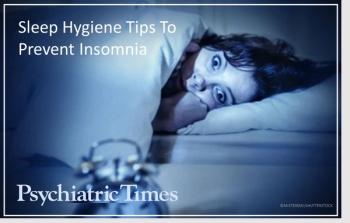
Refreshed sleep can be tough even during normal times. With up to 30% of Americans experiencing sleep problems, here are guidelines to a better night’s sleep.
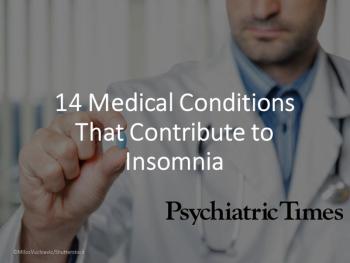
Finding and treating the underlying cause of sleep disturbance is critical to effective management. Here are a few medical conditions that may trigger key disrupting symptoms.

The economic fallout of the pandemic may continue for years resulting in prolonged unemployment and an increasing percentage of the population with untreated serious mental health problems.
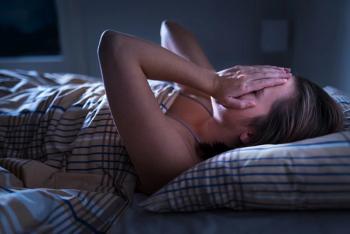
The associations between sleep/rhythms and psychiatric disorders are not well understood. With additional research we can better address key issues and improve patient outcomes.
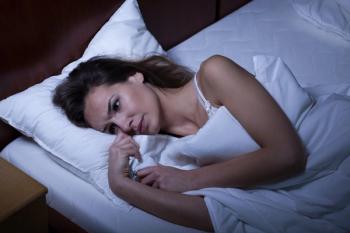
The steadily rising rate of suicide in the US is a vexing public health crisis. Among the many risk factors for suicidal thoughts and behaviors is sleep disturbance.
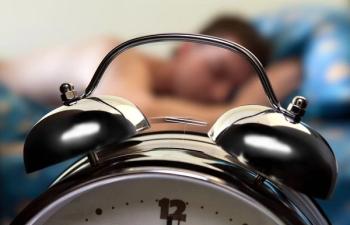
Circadian rhythms have a profound effect on our mental and physical health. Indeed, mental health and circadian health are tightly entwined, and circadian interventions can improve mood and well-being, even in healthy people.
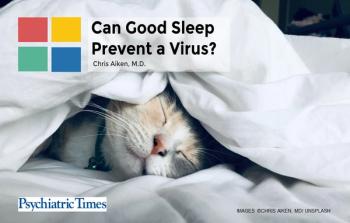
Sleep deprivation increases the risk of viral infections and even mania. Here is the evidence.

On Thursday, March 26, the FDA granted authorization for SomrystTM, a prescription-only digital therapeutic for treatment of chronic insomnia in patients aged 22 years or older.

There are people who insist the one-hour change causes havoc on their systems and schedules. Is there any scientific foundation to this claim? Let us examine some common questions, concerns, and myths.
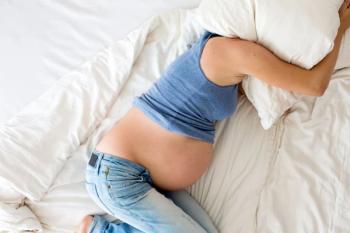
New research discovered mid-pregnancy insomnia may be a marker for both concurrent and postpartum anxiety.

Lemborexant (brand name DAYVIGO™) has been approved by the FDA for the treatment of insomnia in adults.
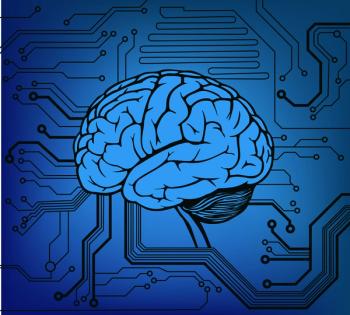
Each moment of each day we make choices that can affect our brain health-our challenge is, without judgment, to increase the choices that promote a healthy brain.

The fallout from burnout: alcohol dependence, binge eating, sleep disorders, and general ill health.
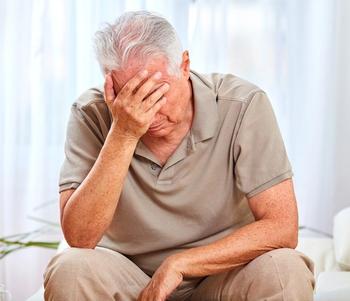
Even as antidepressants improve mood, they can worsen sleep-and poor sleep is both a symptom and a cause of depression.
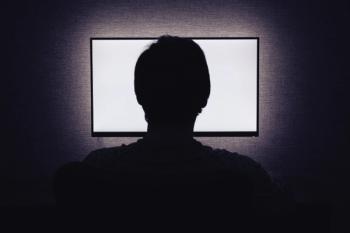
Blue spectrum light can worsen two systems that are already fragile in people with mood disorders: sleep and circadian rhythms. Fortunately, there are simple solutions to correct this problem.

Which tool is useful to measure night-to-night variability, sleep onset latency, and sleep duration in those with ADHD?
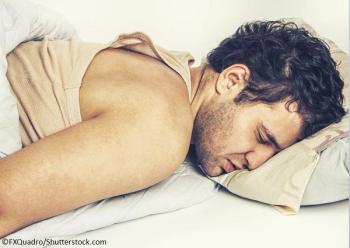
Two evidence-based psychosocial treatments are available for trauma-based nightmares. The authors provide a case illustration for each method.


